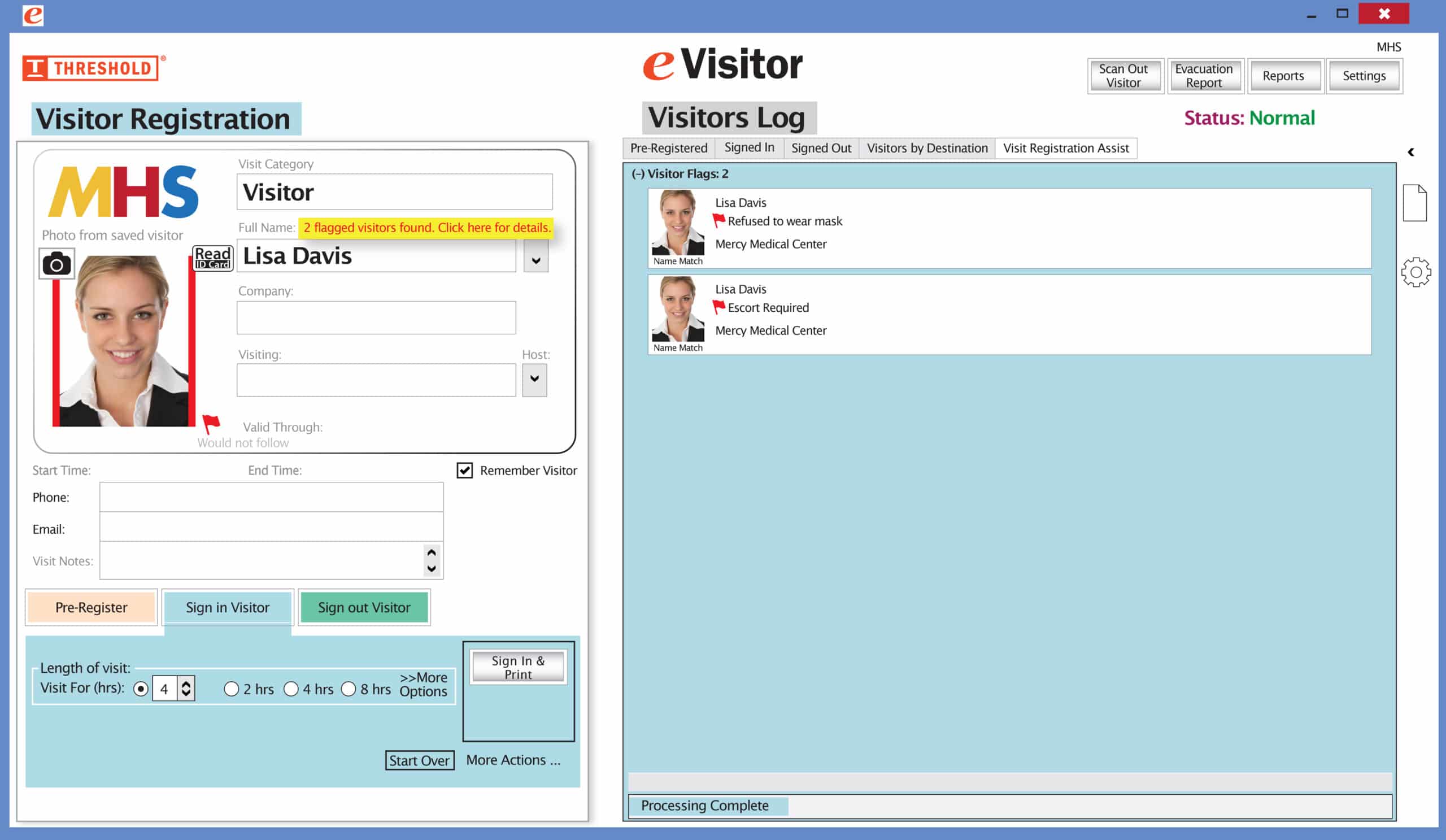What does tailgating have to do with building security? The term “tailgating” derives from the practice of driving too closely behind another car. In a physical building security setting, tailgating refers to an unauthorized person who follows closely behind an authorized staffer, visitor or vendor and enters a building by “piggybacking” or tailgating to gain access into a restricted area or past a particular checkpoint. The person “tailgates” or walks so closely behind the authorized person so that they can slip in while the door or access point is open. Sometimes, the tailgater is assisted willingly, such as by an employee who, trying to be courteous, unwittingly admits an intruder by holding a locked door open through which that person may follow. Sometimes tailgaters sneak in, bypassing the reception desk or security station. Or, taking a cue from Hollywood heist movies, the tailgater may pose as a uniformed vendor and bluff their way inside where security guards might have no idea the person bypassed a checkpoint. Unless the facility has a mandatory badge policy and visitor management system in place, there may be no way to alert security personnel that the tailgater is an unauthorized intruder.
Why is tailgating a problem?
Let’s consider why an individual would want to tailgate. Perhaps the tailgater is an otherwise good person who is simply in a hurry and wants to circumvent security procedures to save time. What seems like a harmless action could inadvertently trigger a building-wide security alert.
Facility administrators and security personnel must assume all tailgaters have malicious intent to harm property and occupants. The stakes are high in building security. Assuming someone rushing past security is late to a meeting and doesn’t pose a threat is a breach that cannot be risked. In the case of an innocent breach, catching up with the person to get them screened and badged is the best course of action.
Why else might someone want to bypass a security checkpoint? The scary scenarios are endless. Disgruntled clients or ex-employees looking to extract revenge and cause damage; thieves hoping to steal valuable items; saboteurs, hackers or corporate spies hoping to access private information; the list goes on and on.
In an industry survey, more than 70% of respondents said tailgating could likely result in a security breach at their facility. In one extreme case documented nearly a decade ago, a disgruntled former medical student gained access to several operating rooms and observed medical procedures in Boston-area hospitals by forging credentials and tailgating into restricted hospital areas. While no one was injured, by entering into vulnerable surgical settings, the medical student’s actions highlighted a substantial threat to hospital staff and patients.
Note: tailgating can occur anywhere in a building. For example, even current employees, though authorized to be in your facility, may not be allowed access to internal areas that contain valuable equipment, sensitive files, restricted pharmaceuticals, or dangerous supplies.
How can tailgating be prevented?
Physical barriers such as turnstiles or electronic keypads may be installed at access points, but those options require expensive equipment which can cost tens of thousands of dollars.
A more cost-effective solution to alert building staff to anyone who may be tailgating is to institute a badge protocol and invest in a visitor management system that visually identifies authorized visitors, and thereby makes anyone not wearing a badge suspect as an intruder.
- Badges: Simply requiring all staff and visitors to a facility display a name badge creates a building culture where everyone on campus is easily identifiable as having been screened and authorized to be onsite.
- Location-specific Badges: Badges that are color-coded or notated with the area of a building where a visitor is authorized help discern who may enter restricted areas. For example, hospitals that allow visitors to enter guest rooms but block entry to equipment or drug storage areas may implement badges that display exactly which areas the badge holder is eligible to access.
- Photo Badges: Adding a photo to a badge makes counterfeiting more difficult and adds an extra layer of security.
- Expiring Visitor Badges: In a facility that allows for visitors (either as guests or vendors), badges that expire overnight ensure single use of the badge. THRESHOLD’S patented expiring badges are embedded with unique technology that visibly fades into a “void” notice on visitor badges that appear overnight. Repeat visitors are required to sign-in and acquire a new badge on each subsequent visit.
- Visitor Management Systems: While handwritten sign-in books may be sufficient for certain facilities, others may require detailed tracking systems that allow for photo storage, the archiving of visitor login information, tracking of dates and times of entry and exit, and other pertinent information. A digital VMS, such as the systems provided by THRESHOLD, allows for customization of information fields and data access from existing PC-based computer systems.
If security is important at your facility, it is imperative that systems be in place to screen anyone admitted into your building.
Want to learn more about preventing tailgating at your facility?
Contact the experts at THRESHOLD who can offer customized visitor management solutions for your hospital, school, building, factory, or campus.


